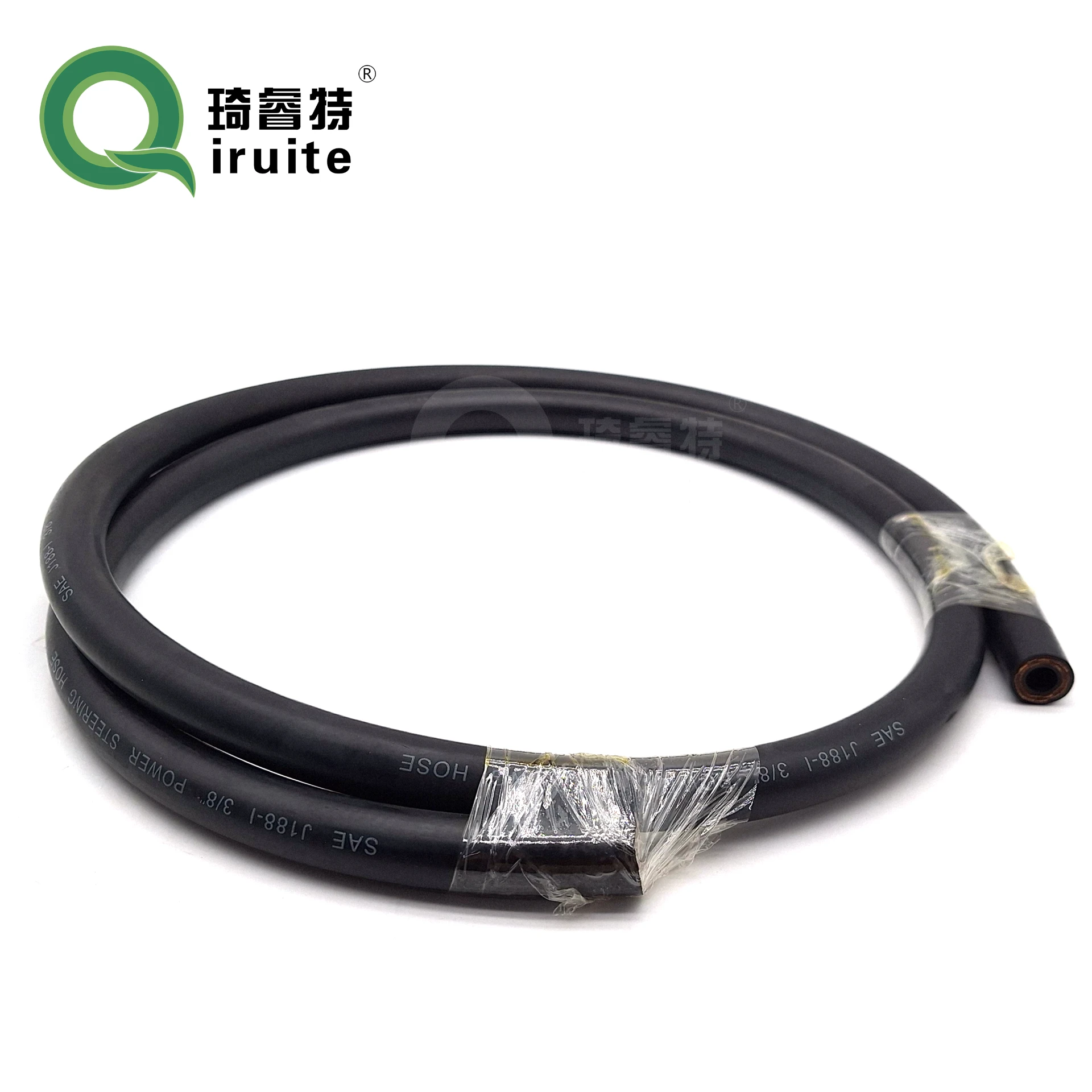repair power steering pipe
Understanding and Repairing Power Steering Pipes
Power steering is a critical component of modern vehicle design, enhancing maneuverability and reducing the effort required to steer. One of its integral parts is the power steering pipe, which connects the power steering pump to the steering gear. This pipe is responsible for transporting hydraulic fluid necessary for the power steering system to function. Over time, power steering pipes can develop issues such as leaks or corrosion, necessitating repair or replacement. This article will delve into the significance of the power steering pipe, common problems associated with it, and steps towards repair.
The Importance of the Power Steering Pipe
The functionality of the power steering system relies heavily on the power steering pipe. The hydraulic fluid flows from the pump through the pipe to the steering gear, allowing for smooth steering with minimal effort. A well-functioning power steering system enhances driver control and comfort, particularly in tight turns and during parallel parking maneuvers.
When the power steering pipe is compromised, it can lead to a range of problems, including reduced steering effectiveness and increased effort required to maneuver the vehicle. In severe cases, a failure in the power steering system can render a vehicle almost impossible to steer, leading to dangerous situations on the road.
Common Problems with Power Steering Pipes
1. Leaks One of the most frequent issues with power steering pipes is the development of leaks. This can occur due to wear and tear, corrosion from road salt or chemicals, or physical damage from road debris. Leaks can significantly reduce the level of hydraulic fluid, resulting in decreased steering performance.
2. Corrosion Over time, power steering pipes, especially those made from metal, can corrode due to exposure to moisture and road chemicals. Corrosion weakens the pipe structure, increasing the likelihood of leaks and ultimately leading to a failure.
3. Clogs Sometimes, debris can accumulate within the power steering pipe, leading to clogs. This blockage can restrict fluid flow, causing erratic steering behavior and increased strain on the power steering pump.
4. Physical Damage Accidents and rough road conditions can physically damage power steering pipes. A bent or kinked pipe may disrupt fluid flow, impairing the power steering system's function.
Steps for Repairing Power Steering Pipes
repair power steering pipe

Repairing power steering pipes can be a straightforward process, depending on the severity of the issue. Here’s a general guide to the repair process
1. Diagnosis The first step in repairing a power steering pipe is to diagnose the problem thoroughly. Look for signs of fluid leaks, corrosion, or visible damage. It may be necessary to perform a pressure test to check for leaks or blockages.
2. Fluid Check Check the power steering fluid level. If it is low, refill it temporarily to assess whether the leak is significant enough to warrant further action.
3. Replacement of the Pipe If a leak is detected and the pipe is found to be corroded or damaged, the most effective solution is to replace the power steering pipe. It is generally advisable to use original equipment manufacturer (OEM) parts to ensure compatibility and durability.
4. Cleaning and Flushing Before installing a new pipe, it’s essential to flush the power steering system. This removes any debris and contaminants that may have accumulated within the system, ensuring optimal performance.
5. Installation Install the new power steering pipe, ensuring that all connections are secure and that there are no kinks or bends in the line.
6. Fill and Test Once the pipe is installed, refill the power steering fluid to the recommended level and start the engine. With the wheels off the ground, turn the steering wheel from lock to lock to bleed air from the system. Check again for leaks.
7. Final Check Take the vehicle on a test drive to ensure that the power steering system is functioning correctly. If there are still issues, further investigation may be needed.
Conclusion
Maintaining the integrity of the power steering pipe is crucial for a safe and comfortable driving experience. Regular vehicle inspections can help identify potential issues before they become severe, allowing for timely repair or replacement. By understanding the significance of the power steering pipe and being vigilant for signs of trouble, drivers can help ensure their vehicles remain safe and easy to handle on the road.
-
Ultimate Spiral Protection for Hoses & CablesNewsJun.26,2025
-
The Ultimate Quick-Connect Solutions for Every NeedNewsJun.26,2025
-
SAE J1401 Brake Hose: Reliable Choice for Safe BrakingNewsJun.26,2025
-
Reliable J2064 A/C Hoses for Real-World Cooling NeedsNewsJun.26,2025
-
Heavy-Duty Sewer Jetting Hoses Built to LastNewsJun.26,2025
-
Fix Power Steering Tube Leaks Fast – Durable & Affordable SolutionNewsJun.26,2025

